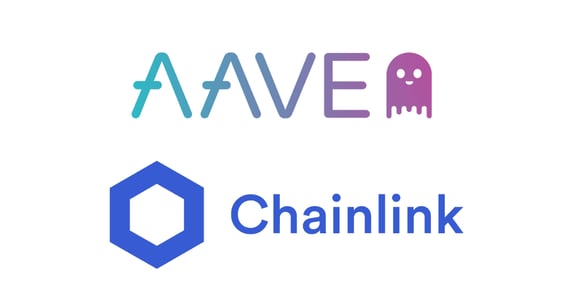Blockchain Opportunities: DeFi
Decentralized finance (DeFi) is a common blockchain-related buzzword. With its rapid rise in the past years, it quickly turned heads of everyone interested in fintech. This type of finance removes intermediaries and instead uses smart contracts to offer various financial instruments. In this article, we will explain why DeFi is a blockchain opportunity you shouldn’t miss.
What is DeFi?
DeFi is a very wide concept, as it covers any type of finance that is decentralized. Instead of using third parties like banks, brokers, and exchanges, it uses blockchain-based smart contracts. This lowers the amount paid in fees and commissions, but also the risk of fraud and manipulations. As everything is written in the software, this does not permit the all-too-common fine print that can harm one party. With all participants aware of exactly what each smart contract does, everyone can make informed choices.
The rise of DeFi has introduced new concepts to the blockchain and cryptocurrency industry. One of the most widely known ones is yield farming. In short, this means you give your crypto temporarily to a decentralized application (dapp), which earns you more crypto. Yield farming means moving your crypto around to get the best returns.
Another relevant term is liquidity mining. You provide liquidity for an application, and the application gives you a new token plus the usual return. This helps everyone: you by earning you money, and the application by stimulating usage, which in turn can increase the value of the token—which circles back to you, where you profit off that token.
Finally, for this article, we need to explain the idea behind liquidity pools. As their name implies, they provide liquidity through funds locked in a smart contract. We will get more into liquidity pools in the next part.
Decentralized Exchanges or DEXes

Another major aspect of DeFi are decentralized exchanges (DEXes). Uniswap is one example: called an automated market maker (AMM), it is always willing to buy your coins and sell what it already has. It works with the already mentioned liquidity pools. When a trading pair is created, the provider sets the price and an equal supply of both assets. Automated market makers like Uniswap are made up of any number of liquidity pools that work like that.
Uniswap hosts a large number of Ethereum-based tokens (also known as ERC-20 tokens), and anyone can add new ones, as long as they provide the liquidity. This means they have to add the new token and an equivalent amount of another token. There is no listing process nor background checking—Uniswap aims for decentralization, censorship resistance, and security.
At the time of writing, Uniswap had more than 72k liquidity providers and USD 258 billion in all time volume. It has tens of thousands of transactions in 24 hours, and the daily volume can go into billions by itself. Additionally, a Stanford analysis showed that it remains stable under a wide range of market conditions. Its consistent popularity and trading volume proves the need for decentralization and censorship resistance in a large number of sectors.
Innovations: Aave and Chainlink

Decentralized exchanges and yield farming are far from the only innovations happening in the DeFi space. There are two examples that we will cover in this article to give you an idea of what is happening in this industry.
Aave is a decentralized, peer-to-peer lending system running on Ethereum. Users can both borrow and lend through the protocol, as well as earn interest on deposits. This means that depositors provide liquidity and are rewarded with passive income. Borrowers, on the other hand, evade the usual potential censorship and high fees that are part of traditional finance. The usual loans have negligible fees (0.00001% of the loan amount), while Flash Loans (almost exclusively geared towards developers) charge 0.09%.
Chainlink is another big project in the DeFi space. It acts as a bridge between blockchain and the real world through so-called oracles. As blockchains, by design, cannot access real-world data, they need to have it provided by someone—or something—else. In this case, these bridges are called oracles. Chainlink employs a decentralized network of oracles. This means that, for data to be deemed correct, there must be a general consensus among them. If an oracle is found to be consistently trying to feed bad information into the system, it is punished. Chainlink calls itself blockchain-agnostic, meaning it can run on any blockchain. This enables a much wider spread of use cases than usual. Although these examples are far from the only ones, they show what the DeFi space is capable of.
Summing Up
The DeFi space boils down to one question: how many things can we do directly with one another, without intermediaries? The answer seems to be incredibly many, with the number constantly growing. Lower fees and lessened risk of censorship can also attract many new users. For businesses dealing with finance and third parties, a foray into DeFi may be a good choice.
Not sure that DeFi is the blockchain innovation that will fit your needs? Check out our other blockchain opportunities. Have we missed something? We would love to hear from you!
If you want to stay informed of all things blockchain, listen to our podcast This Week in Blockchain at weekinblockchain.com (or any podcast platform), or even watch it at watch.weekinblockchain.com. If you want to discuss our topics with those with similar interests, you can join us every Monday at 12pm EST / 5pm GMT on Clubhouse. Looking forward to seeing you there!
